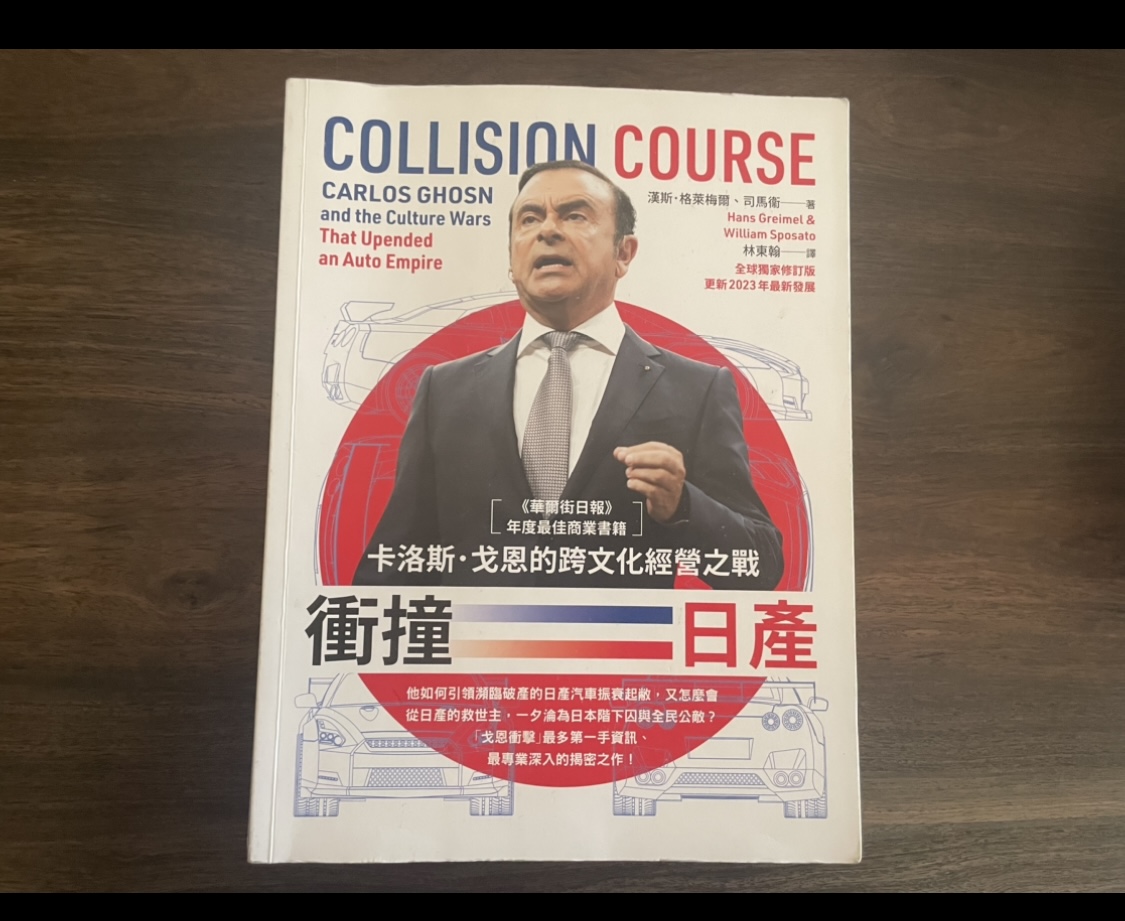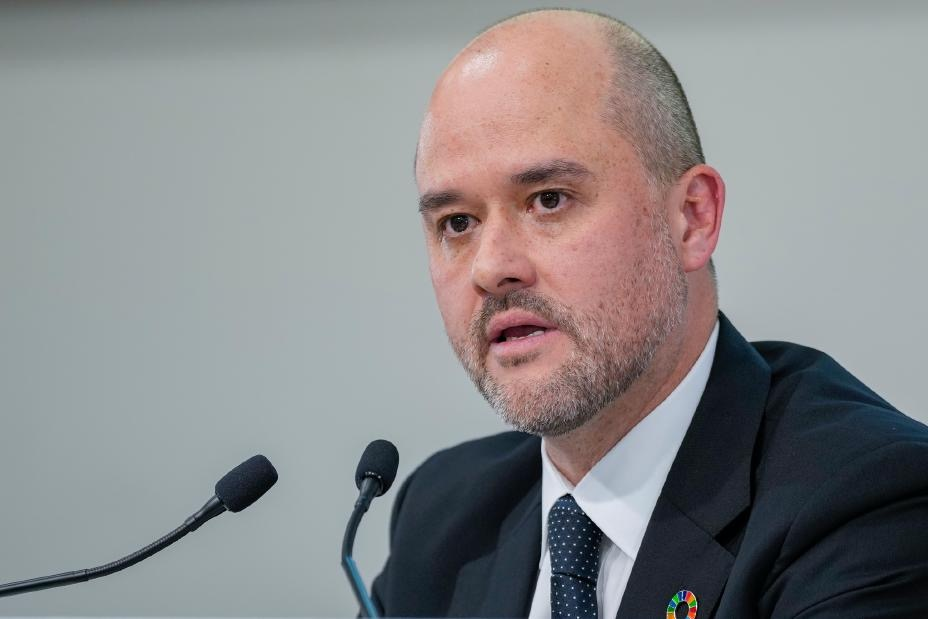
In 2009, Nissan boldly unveiled its first electric car, the Leaf, and its ambitious electric plans to the world.
The Leaf’s debut “ was timed to coincide with the opening of the company’s shiny new global headquarters, a 12-story glass building that towers over a dazzling showroom that can display more than 30 cars and overlooks the Yokohama waterfront south of Tokyo Bay, Japan’s capital, in stark contrast to Nissan’s old offices, which were located between the exquisite Kabuki-za theater, a monument to Japan’s traditional culture, and the bustling blue-collar Tsukiji fish market.” (Crash Nissan)
Ten years ago, Nissan was teetering on the brink of bankruptcy. Ahead of all competitors and ahead of the times, Nissan launched the Leaf in 2010, making it the world's first mass-produced pure electric car.
With this car, Nissan staked its reputation as a "technological pioneer". As a pioneer in many technologies, Nissan should have its own place in the turbulent automotive world. However, the brave Nissan was not rewarded by the world. The name of Leaf has disappeared in the torrent of the times, and Nissan is once again on the verge of bankruptcy. Nissan "has at most 14 months left to survive" if Honda or the Ministry of Economy, Trade and Industry of Japan had not stepped in.
For those who haven't heard the name Nissan for a long time, everything seems to have happened too fast, and there is no time to react. Nissan, a car company that once regarded Toyota as its number one competitor, how did it get to where it is today? If you have a lot of questions about this, please read "Crashing Nissan: Carlos Ghosn's Cross-Cultural Management Battle" to answer all your doubts.

"Crashing Nissan" is not a new book. It was published in 2021, two years after the protagonist of the story, Ghosn, hid himself in a large speaker box and staged the escape of the century.
So why recommend a book that was published three years ago? First of all, the Chinese version of Crash Nissan was just released in 2024, published by a Taiwanese publisher and revised. Although the translation and traditional Chinese characters are sometimes confusing, such as the Volkswagen Group mentioned in the book is actually the Volkswagen Group, and so on. But in any case, it is much easier to read than the original English version.
Secondly, the reading threshold of "Crash on Nissan" is almost zero. Although it was named the best business book of 2021 by the Wall Street Journal, Bob Lutz, former vice chairman of General Motors, commented on the book that "although it is a true event, it reads like a fast-paced spy novel." Grammel and Sima Wei, the two authors of "Crash on Nissan", must be editors with great skills. Judging from their resumes, Grammel is undoubtedly the person closest to the truth of the "Gohn incident" (he has reported news about Nissan and its alliances for decades, including one-on-one interviews after Ghosn's arrest) , and combined with Sima Wei (who once held senior positions in Reuters and the Wall Street Journal) in related fields, "Crash on Nissan" tells the "Gohn incident" in a simple and easy-to-understand way from a larger framework (from the differences in cultural and legal systems of various countries, and even the strategic layout of various governments) . When reading "Crash on Nissan", I often feel that a wider world is slowly unfolding before my eyes.
Finally, "Crashing Nissan" is an Easter egg for those in the automotive industry. I never expected to see so many familiar and unfamiliar names in this book, including Jose Munoz, Tavares Carlos, Thierry Bollore, etc. Jose Munoz was promoted to the new CEO of Hyundai Motor in 2024, becoming the first non-Korean CEO in the history of the Korean automaker; Tavares Carlos was ousted in the fourth year of the merger of FCA and PSA to form Stellantis and lost his position as CEO; and Thierry Bollore, who was the global CEO of Jaguar Land Rover three years ago. And they all used to belong to "Gohn's people." These capable men who were once Ghosn's men must have tasted the pain of cross-cultural management that Ghosn had tasted.
I highly recommend Crashing Nissan: Carlos Ghosn’s Cross-Cultural Management Battle. As for Ghosn, everyone will find their own answer in the writings of Grammel and Sima Wei.


